The Alchemy of Relationships
Only separated things can be joined
Welcome to “The Alchemy Of…”, a series that explores patterns of life and dynamics of the psyche through an alchemical lens. Each installment draws on the symbols, processes, and psychological insights of alchemy’s core principles to bring imaginal richness to your inner work and illuminate the subtle transformations at play.
“The factors which come together in the coniunctio are conceived as opposites, either confronting one another in enmity or attracting one another in love.”
—C.G. Jung, Mysterium Coniunctions (CW 14)
Relationships have an intrinsic alchemical nature. In the intimate space of connection, we experience the pull to merge, the intermingling of our various elements, the transformation born from union, and the death-like throes when it falls apart.
So deeply do we desire to immerse ourselves in the being of another, to drink deeply of Eros’ waters. Sparks fly, fires run hot, we are lifted high into the clouds, elated with a love and passion we can barely make sense of. And oh, how so quickly things seem to falter, from where it comes, we do not know. The chemical reaction seizes, slow burning coals finally snuff out, from on high we crash land into painful reality, no life-giving liquidity, only a bitter poison that marks the end.
What then does alchemy have to say about the art of relationship, what it means to bring seemingly disparate pieces together? How do we navigate the terrain to a successful joining?
In Alchemical Psychology, James Hillman shares:
Alchemy warns that only separated things can join. Before any two things such as moon and sun can be conjunct or experienced as conjunct, they must be distinguished or else, says alchemy, a monstrum is born of a premature conjunction.
Uninitiated into the alchemical mysteries, we approach our relationships with a fervor and intensity of unrefined desire. Layer upon layer do we weave ourselves into the other. Whether built on romantic passions or a deep familial kinship1, the boundaries between one another become murkier. Soon we find ourselves confused, asking, “Is this issue mine or yours? Where do the lines begin and end? When did things become such a tangled mess?” It is, as Hillman puts it, a premature conjunction, a union hastily formed without the careful work of differentiation.
Rather than seeing this as an indication of incompatibility, alchemy reframes it as a necessary stage in the process of development. The originating condition is never pure, the materials have to go through periods of disintegration and reintegration before stability is found. In other words, our relational yearnings and clumsy attachments are rife with projections, shadowy patterns, unclaimed aspects that we seek and venerate in the other. Compulsive repetitions find us stuck in behaviors or dynamics we cannot seem to escape, so we break the coupling apart at the seams, hoping that the next one will be different this time around.
Sometimes it is a true monstrum, an unholy union that should be cast aside. More times than not, we are being called to a great and most difficult inner work: to separate in service of connection. As painful as it may be, separation brings the clarity of selfhood, the ability to stand within ourselves and see the other as they truly are—not as a reflection of our unmet needs, unconscious longings, or sources of emotional instability, but as distinct and set apart from those experiences.
With this awareness, the joining has the qualities of a true coniunctio, a paradoxical wholeness where two distinct individuals come together to form something new without losing their separateness. Autonomy is maintained, self-reflection can be drawn upon at will, the relationship endures constant cycles of renewal, and at the center, a steady core that continues to strengthen.
Exploring Separatio and Coniunctio
“Although the two operations of separation and conjunction are referred to again and again as basic to the work all along (also termed “dissolve and coagulate”), the separatio is the more fundamental. This again because “only separated things can be conjoined.”
— James Hillman, Alchemical Psychology
As alchemy was an art both concrete and psychic, blending matter and spirit, we can look at the two key operations, separatio and coniunctio, for guidance by considering its laboratory processes, typical symbols, and psychological applications2.
Separatio
Laboratory Process: In its unrefined form, the prima materia3 is often a confused mass, a mixture of components that must be carefully differentiated through a process of separation. Whether extracting metal from ore, heating a substance to drive off vapors, dissecting or dissolving the material to get at its vital essence, the alchemist utilized this operation to lay the groundwork for transformation and ensure a synthesis of purified elements.
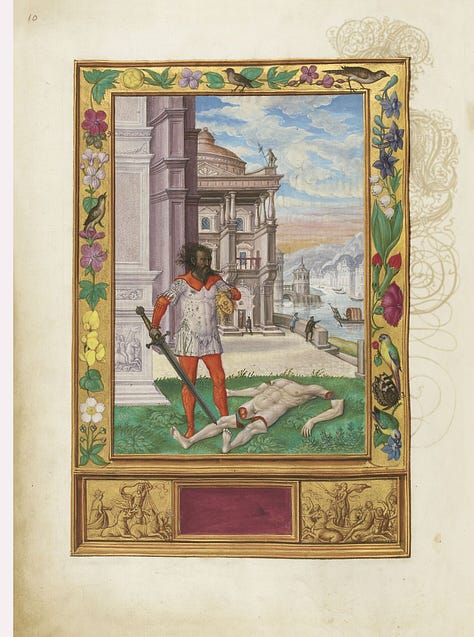
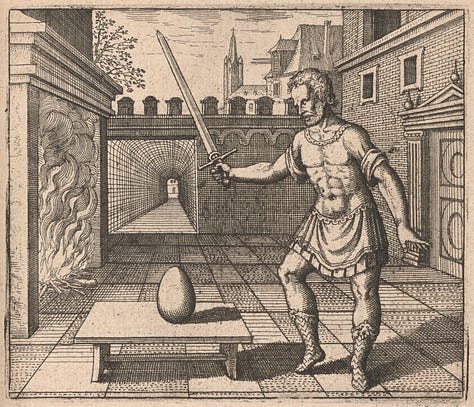
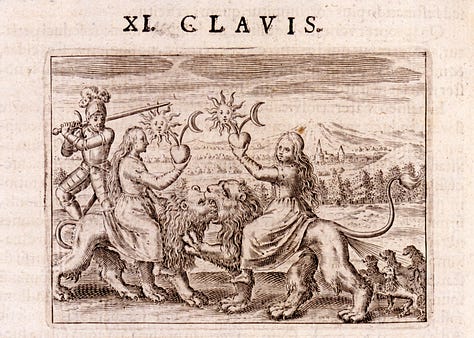
Typical Symbol — The Sword: Sharp-edged, cutting with precision and intensity, the sword is prominently featured in alchemical manuscripts as a symbol of separatio. A cleaving, violent weapon, it brings death through dismemberment, killing the prima materia in its original state, and at the same time, creating clarity, distinction and opportunities for new life with the separated elements.
Psychological & Practical Applications:
Learn to untangle emotions: Relationships stir intensity of emotions, both positive and negative, that mix over time with those of our partner. Learning to identify them, state them clearly and hold them separate from another, creates a healthier emotional and relational dynamic.
Set boundaries aligned with values and needs: Clear, well communicated boundaries foster the psychological and emotional space we need to be present and active in our relationships. Aligning them with our values and needs requires that we are in touch with our inner landscape, creating healthy structures that support reciprocity, autonomy and deeper connection.
Recognize and withdraw projections: Unconscious contents, like unresolved issues or unclaimed strengths, are often projected, making them appear as qualities belonging to the other rather than ourselves. Relationships are an opportunity to have these aspects mirrored back to us, to claim our projections, and to develop a more grounded sense of self.
Coniunctio
Laboratory Process: In the final stages of alchemical transformation, coniunctio joins two different substances to form a new compound. The union of mercury with other metals creates amalgams, the mixture of iron and carbon makes steel, the addition of lye to fats and oils produces soap. In the alchemist’s laboratory, their experiments yielded a cornucopia of new creations, the result of purified parts coming together in a harmonious fusion.
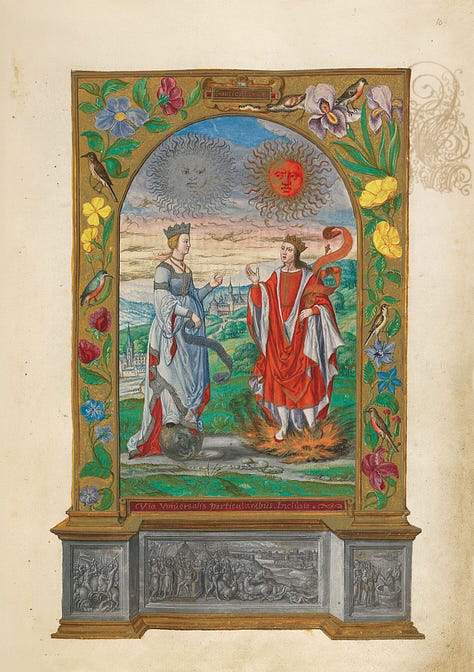
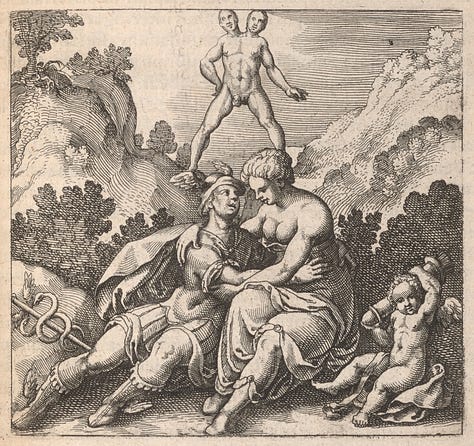
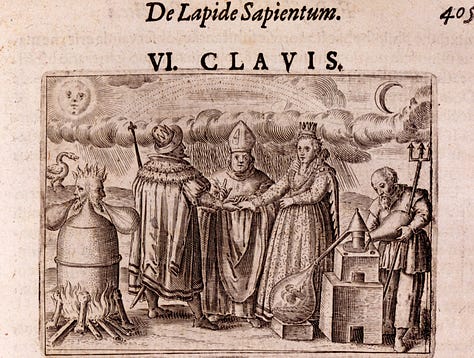
Typical Symbol — Marriage: The meeting of two seemingly oppositional yet complementary figures in an alchemical marriage is one of the major symbols of coniunctio. Manuscripts highlight their differences—often as personifications of the moon and sun, mercury and sulfur, or silver and gold—coming together to create a new being or undergoing death once more so they can be cleansed, purified, and reunited in hopes of achieving a perfected and stable synthesis.
Psychological & Practical Applications:
Embrace differences as complements: Rather than seeing opposing points of view, different personality types, or conflicting desires as a source of tension, consider how they contribute to a well-rounded dynamic. A bit of antagonism is good for growth, pushing our comfort zones and helping us make necessary adjustments.
Move through cycles of death and rebirth: Relationships require constant evolution. Old dynamics, attitudes, or ways of relating that once created stability become outdated and must be let go in service of renewal. Deeper intimacy and joining can emerge when we grow together.
Find a bridge to connection: A unifying third element, something greater than the sum of its parts, can sustain and deepen relationships. Whether it is a shared vision, a greater purpose, or collaborative life project, consider what can serve as a foundation or bridge that holds both individuals together.
Join the conversation
Which alchemical ideas, symbols or images do you see at play in relationships? Do you feel more drawn to separatio or coniuncito?
~Join The Artemisian’s Inner Work Community~
Thanks for reading! If this kind of reflective, archetypal exploration resonates with you, I’d love to welcome you into the membership. Inside, we explore the deeper patterns shaping your inner and outer life, study the symbolic language of the psyche, and support personal transformation through workshops, curated resources, and a thoughtful community devoted to inner work.
Although this article focuses on the seemingly positive relationships we seek to nurture in life, these principles are, as Jung mentions above, also present in relationships that are born of tension, opposition and strife. Opportunities for growth and union exist in these shadowy spaces as well.
For more on this approach, see the Alchemical Inner Work Guidebook, a technique I designed that re-imagines inner dynamics using the metaphorical language and concrete practices of alchemy.
Prima Materia (First Matter): The raw material subjected to alchemical experimentation. Psychologically seen as an aspect of the personality (like a rigid attitude) that is in need of inner work. This definition is from the Alchemical Terms and Symbols section of the Artemisian Resource Library.



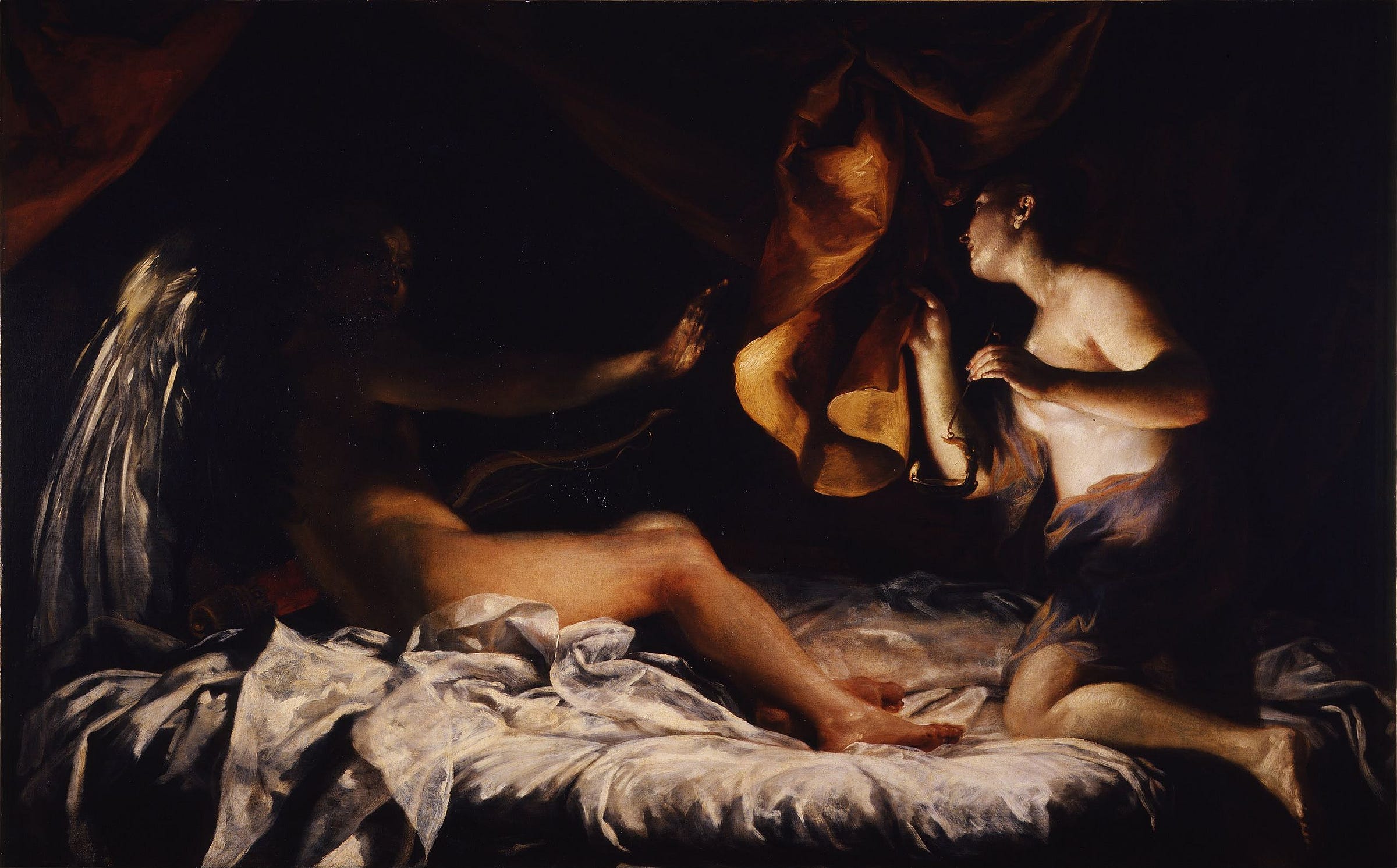


Fascinating article, thank you for your wisdom! The separatio process reminds me of the process of differentiating from one’s family of origin. According to family systems theory, a low level of differentiation (or fusion) with one’s family of origin will cause problems in other relationships (particularly with our romantic partners). It’s important to engage in this deep work of “differentiation of self” in order to sustain healthier relationships.
Thank you for such an in depth insight into the realm of relationship and alchemy! I really see the Two of Cups and The Queen of Swords as symbolic representations of the two alchemical journeys. The Two of Cups speaks to the tension of the opposites as the watery realm of the feeling functions meet one another to create something new. The Queen of Swords wields her sword to cut away that which doesn't serve her. Thank you, thank you, thank you for this article!